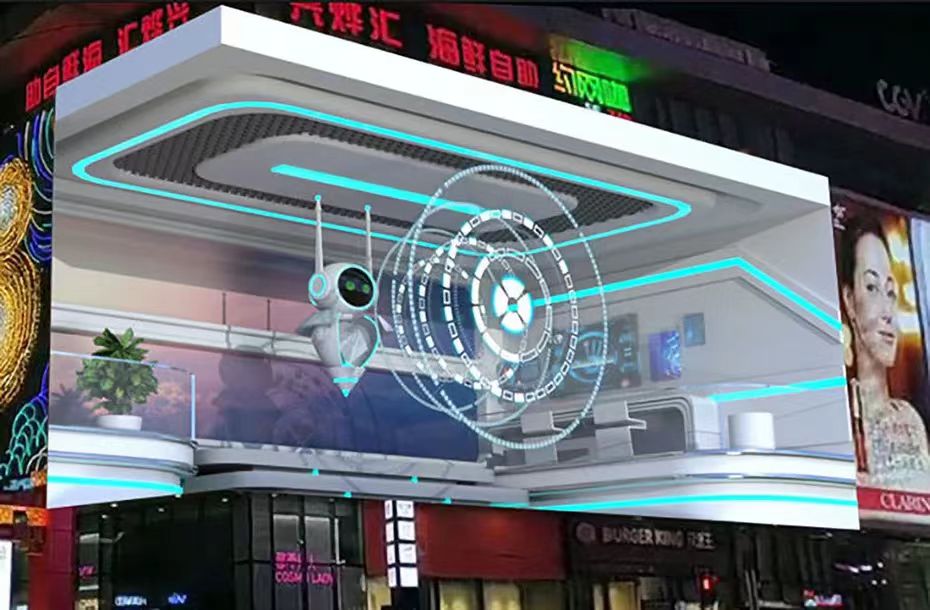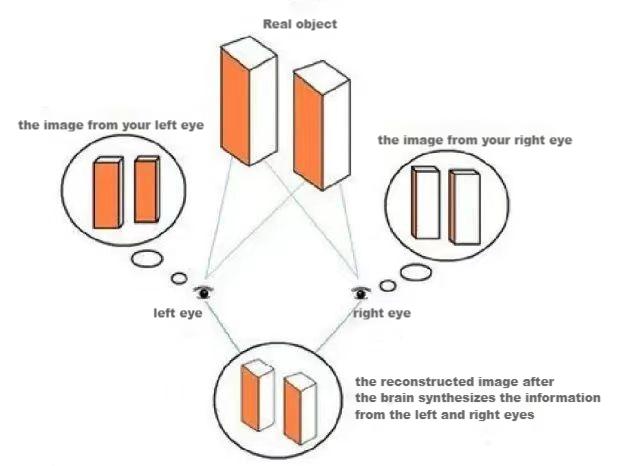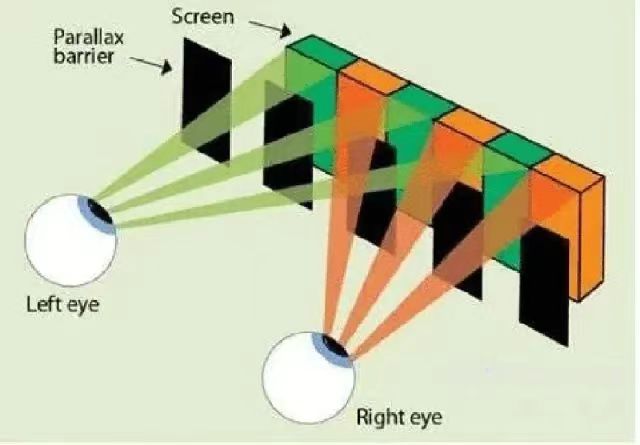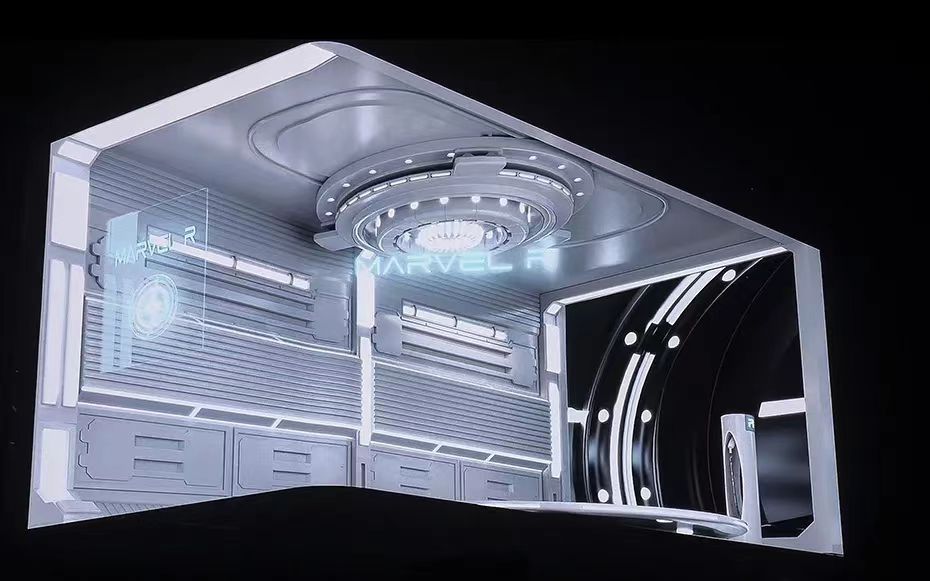With the continuous progress of science and technology, LED display as a new type of display technology, has been widely used in various fields. Among them, LED naked-eye 3D display is because of its unique technical principles and stunning visual effects, has become the focus of attention in the industry.
The naked-eye 3D display is a cutting-edge display technology that cleverly uses the parallax characteristics of the human eye to allow viewers to view realistic stereoscopic images with a sense of depth and space without wearing any auxiliary tools such as 3D glasses or helmets. This system is not a simple display device, but a complex system composed of 3D display terminal, special playback software, production software and application technology. It integrates the knowledge and technology of many modern high-tech fields such as optics, photography, electronic computers, automatic control, software programming and 3D animation production to form a multi-field cross-dimensional display solution.
On the naked eye 3D display, its color perfo rmance is rich and colorful, the sense of layer and three-dimensional are extremely strong, every detail is lifelike, presenting a real sense of three-dimensional visual enjoyment for the audience. The stereoscopic image brought by the naked-eye 3D technology not only has a real and vivid visual expression, but also can create a beautiful and attractive environmental atmosphere, bring a strong visual impact and immersive viewing experience to the audience, so it is loved and sought after by consumers.
1, The realization principle of naked-eye 3D technology
Naked-eye 3D, also known as autostereoscopic display technology, is a revolutionary visual experience that allows viewers to view realistic three-dimensional images directly with the naked eye without the help of any special helmets or 3D glasses. The basic principle of this technology is to accurately project the pixels corresponding to the left and right eyes to the left and right eyes of the audience respectively, the realization of this process is thanks to the application of the principle of parallax, thus creating a three-dimensional visual image.
Humans are able to perceive depth because of differences in the visual information our eyes receive. When we observe a picture or object, there is a difference in the content of the image received by the left eye and the right eye. This difference is even more pronounced when we close one eye, because the position and Angle of the objects are different from the left and right eyes.
Naked-eye 3D technology utilizes this binocular Parallax to create 3D stereoscopic effects through a technique called Parallax barrier. This technique relies on the brain processing different images received by the left and right eyes to create a sense of depth. In front of the large screen, a structure consisting of opaque layers and precisely spaced gaps projects pixels from the left and right eyes into their respective eyes. This process is achieved through a carefully designed parallax barrier that allows the viewer to clearly perceive the three-dimensional image without the need for any auxiliary equipment. The use of this technology not only enhances the viewing experience, but also promotes the development of display technology, opening up new possibilities for future visual entertainment and interaction methods.
2, Common types of naked-eye 3D displays
In the current display technology field, the naked-eye 3D display has become a new eye-catching display way. This kind of display mainly uses LED display as the main display device. In view of the LED display has two categories of indoor and outdoor application environment, the naked eye 3D display is correspondingly divided into indoor naked eye 3D display and outdoor naked eye 3D display.
In addition, based on the working principle of the naked eye 3D display, this type of LED display is usually designed into different forms according to its Angle size when installed to meet different scenes and viewing needs. Common forms include right-angle corner screens (also known as L-shaped screens), arc corner screens, and curved screens.
1) Right Angle screen
The design of the right Angle screen (L-shaped screen) allows the screen to unfold on two perpendicular planes, providing a unique visual experience for the audience, especially for corners or scenes requiring multiple angles.
2)Angle of arc
The arc corner screen uses a softer corner design, and the screen extends on two intersecting but non-right Angle planes, bringing a more natural visual transition effect to the audience.
3)Curved screen
The curved screen is designed to bend the entire display, which not only improves the immersion of viewing, but also enables the audience to obtain a more uniform visual experience at any Angle.
(To be continued)
Post time: Jul-01-2024





